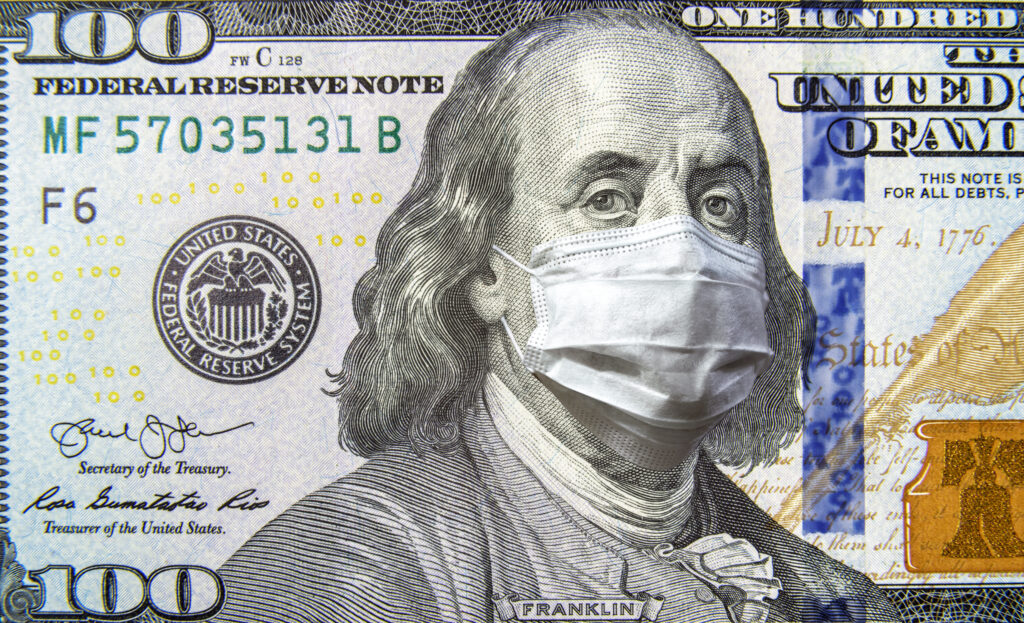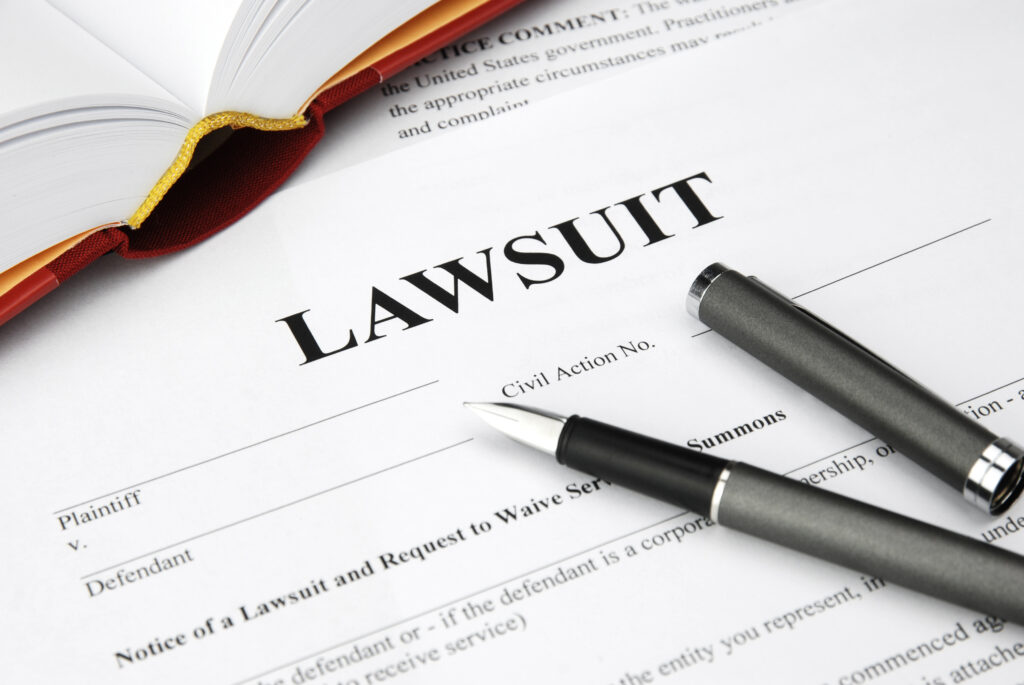In today’s post Brian continues his discussion on the The Ten Biggest Mistakes Made By Corporate Insurance Policyholders, addressing the issue of relying on a certificate of insurance. Certificates of insurance are used in a myriad of situations to extend the interests under a liability insurance policy to a third-party. However, there are many shortfalls to relying on a certificate of insurance alone to transfer that interest.
Can You Rely On a Certificate of Insurance?
The problem is that a certificate of insurance, alone, is not always effective in transferring risk under an insurance policy. See Risk Transfer Nightmares. There is, however, a solution to this problem. Watch the video to learn more.
For a transcript of the video, please see below
Another common mistake made by corporate policyholders is relying on a counter-party’s certificate of insurance. What I mean by a counter-party, companies in all sorts of industry. Pharmaceuticals, retailers, banking, construction, engineering, obviously enter into many, many different contracts for products, for services, and there’s a counter-party. A lot of those agreements, purchase sale agreements, mergers and acquisitions, there are indemnities provided from one party to another. If I’m going to sell you a product and it’s a product that is a liquid or something that is edible, you want to have an indemnity as the person that’s the supplier to make sure that if there is E. coli, bacteria outbreak, or something along those lines, you get sued, that the person who had provided you this product, is going to back you up and indemnify you. Very, very typical in many different transactional contexts. Insurance comes into play, because as part of that indemnity obligation, many companies want insurance policies to back it up.
Think of insurance in this context as back-stop indemnity. I enter into a contract with company X for products or service and company X is going to indemnify me in case I get sued related to your product or service. What happens if company X doesn’t have the financial ability to pay for the indemnity? Not all companies are IBM or General Electric or Apple, so there’s some concern about that. As part of the contract, you will require your service provider or your product provider to have certain levels of insurance, general liability, could be Worker’s Comp. It could pollution and liability policies if you’re dealing with the development of a brownfield site. You’re going to have insurance backing up. What we see in these contracts, which are very detailed, running hundreds of pages, with insurance making up maybe two paragraphs backing up these very important indemnity obligations, is all most companies will ask for is what we call a certificate of insurance, which is basically evidence that company X bought the insurance or maintained the insurance that it was obligated to maintain or buy as part of the contract.
They give you a very simple, one-page certificate. Usually it’s put out by a company called Accord. These are very standard. Most companies are going to be very familiar with them. It basically is a very brief one-page summary of the insurance that company X has taken out pursuant to the contract. It’ll identify the insurance carrier. It’ll identify the type of insurance or line of insurance, general liability. It may even provide a policy number. It may provide the limit of liability, because a lot of times in the contract, you’ll say you have to have general liability coverage with at least $5 million of limits and you have to include us, my company, as an additional insured under your policy or a loss payee under your policy in case I need to go access that insurance coverage. In case I get sued because of your product or your service. Sometimes those certificates of insurance will even very briefly layout the fact that you are an additional insured and maybe provide one or two coverage terms, but not very often. Companies are very satisfied having that certificate of insurance.
A year later, we have an incident. There’s a lawsuit filed against my company. I then bring an indemnity demand against company X. Company X then brings notice to its insurance company, who is going to be the one ultimately paying for maybe my attorney’s fees or some settlement or, God forbid, a court judgement. I get a letter from the insurance company that says “Too bad too sad, you’re not covered under that policy. You’re not an additional insured. You were never listed in the policy.” In the endorsement that says additional insurers and they have a list of ten companies that are going to be covered by that policy and you’re not on it. The policy requires you to be specifically identified. Then I bring out my file drawer, I open it up, I have my certificate of insurance, because I’m a very prudent and reasonable person. I say, “No, you must be wrong. I have a certificate of insurance from your policyholder listing me as an additional insured and look I have a contract that says that they have to list me as an additional insured under your policy.” Insurance company says, “I don’t care about the contract, because we’re not a party to that contract.
In terms of the insurance policy, the insurance policy is the contract that we have with our policyholder, company X, you’re not listed.” The certificate of insurance is not evidence. It’s not part of the insurance policy. What the insurance companies will come back and say is it’s meaningless, it’s irrelevant. The policy controls. In fact, if you look at the boiler plate language on some of those Accord policies, usually at the bottom or maybe on page two with all this very, very small font, boiler plate language, it may actually say “This is not part of the policy. If there’s any inconsistency between this certificate of insurance the policy that’s referenced herein, the insurance policy controls.” You’re out of luck, because you’ve relied on a certificate of insurance as the only evidence, as the only documentation that you thought you needed when a claim came in. The lesson out of this today is, and we tell all our clients, there’s some more work involved, you cannot rely on certificates of insurance only. They’re helpful.
You have to actually get a copy of company X’s, your counter-party’s, insurance policies. You have to get a copy of it and someone has to look at it. You can’t just get a policy and stick it in your file drawer, take it out when something happens only to find out you’re not listed on the policy, only to find out that it’s expired, or it doesn’t have $5 million of limits like they’re supposed to, it only has $1 million. Someone has to look at the policy and make sure it complies with the contractual obligations set out in your contract with company X. Only then will you have assurance that when a claim comes in, you bring an indemnity demand, and then, in turn, the indemnitor contacts its insurance company that you will have the coverage that you bargained for in the original contract.



